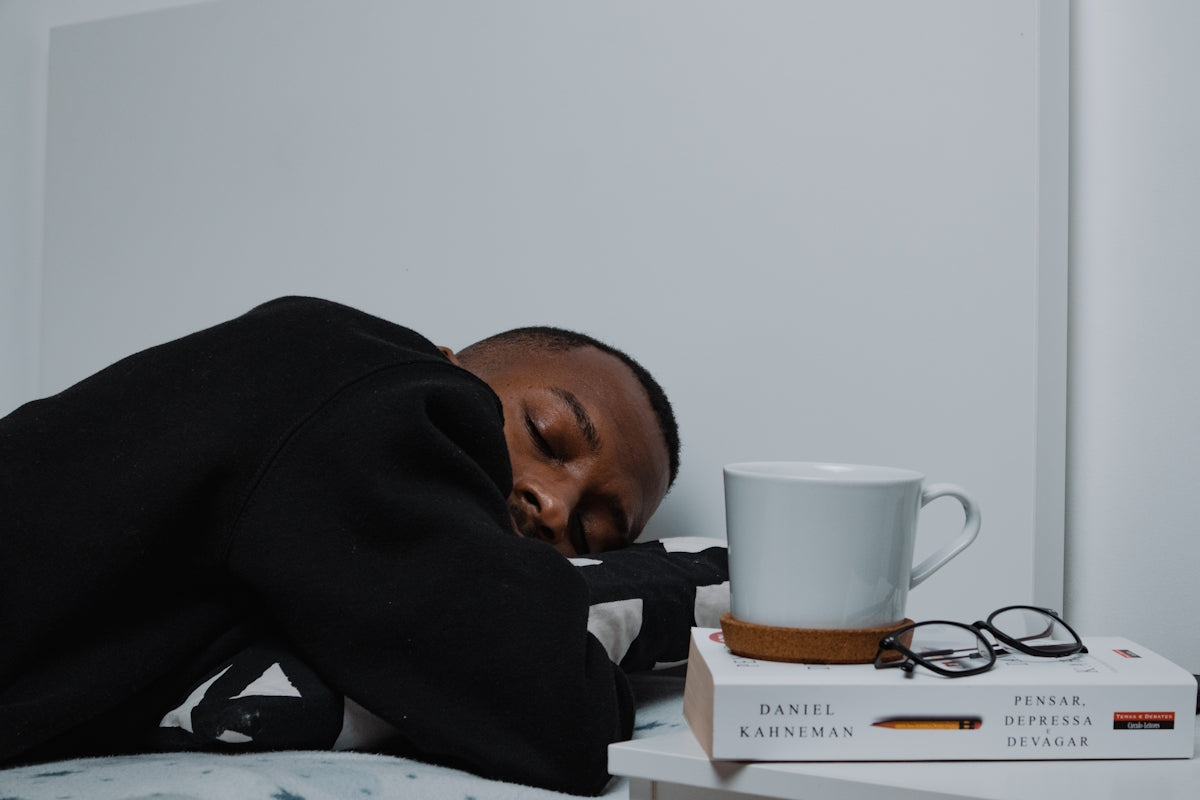Sleep is one of the most fundamental aspects of human life, yet it encompasses behaviors that are mysterious and often alarming. Among these phenomena are sleepwalking and night terrors—two sleep disorders that have puzzled scientists and doctors for years.
Understanding Sleepwalking
Sleepwalking, also known as somnambulism, is a condition where an individual gets up and walks around while still asleep. This can be harmless or potentially dangerous, depending on what the sleepwalker encounters in their nocturnal voyage.
Causes of Sleepwalking
The causes of sleepwalking can vary widely. It can be attributed to sleep deprivation, stress, fever, or certain medications. Genetic factors also play a role, as sleepwalking tends to run in families.
Sleepwalking episodes typically occur during the deep stages of non-REM sleep. Individuals who sleepwalk may appear to be carrying out simple or complex tasks such as walking to another room or even driving a car, without any awareness.
Risks and Management
Sleepwalking itself is not usually dangerous; however, the actions of a sleepwalker can lead to injuries. To manage the risks, families often take precautions like securing windows and doors, and removing obstacles that might lead to accidents.
Although there is no definitive cure for sleepwalking, maintaining good sleep hygiene can help. This includes developing a regular sleep schedule and addressing any sleep issues like apnea or insomnia. Products such as the PeaPro - High Protein Vegan Pea Protein Powder can be integrated into your diet to ensure your body gets the nutrients required for restful sleep.
Delving into Night Terrors
Night terrors are another bewildering sleep disorder predominantly affecting children, though adults can also experience them. Unlike nightmares, which occur during REM sleep, night terrors happen during deep sleep.
Symptoms and Triggers
During a night terror, a person might scream, flail in panic, and show signs of intense fear, all while remaining asleep. They usually cannot recall the episode upon waking, which differentiates it from nightmares.
Night terrors can be triggered by factors similar to those of sleepwalking, such as fatigue, stress, and certain substances, like caffeine or medications. Additionally, irregular sleep schedules or sleep disorders can exacerbate their occurrence.
Coping Strategies
While night terrors can be frightening for observers, understanding and managing them involve maintaining a calming and predictable bedtime routine. Keeping the sleep environment safe and free from disruptions can aid in reducing episodes.
Nutritional health is also paramount. The CurcuminBoost Organic Turmeric Curcumin Capsules can support overall wellness, potentially easing stress and inflammation that might contribute to sleep issues.
When to Seek Professional Help
If sleepwalking or night terrors become frequent or severe, consulting a sleep specialist is advised. Professional evaluation might include a sleep study to uncover underlying sleep disorders, and treatment could involve therapy or medication.
Conclusion
Sleepwalking and night terrors are intriguing mysteries of the sleep world. By understanding their causes and implementing effective management strategies, individuals can mitigate the risks and impacts.
For more insights on holistic wellness and to explore products that support better sleep and overall health, visit BioBodyBoost UK.









0 comments